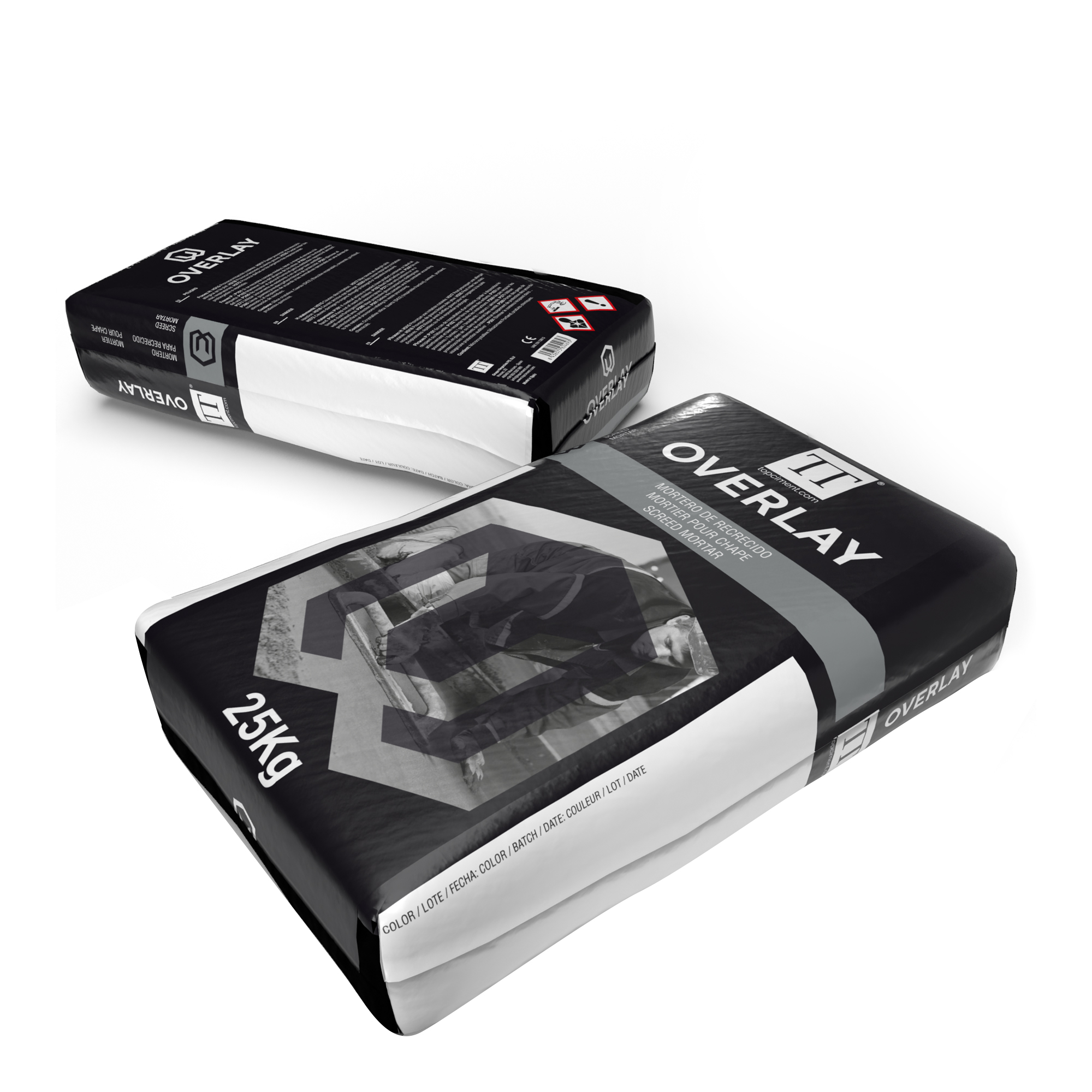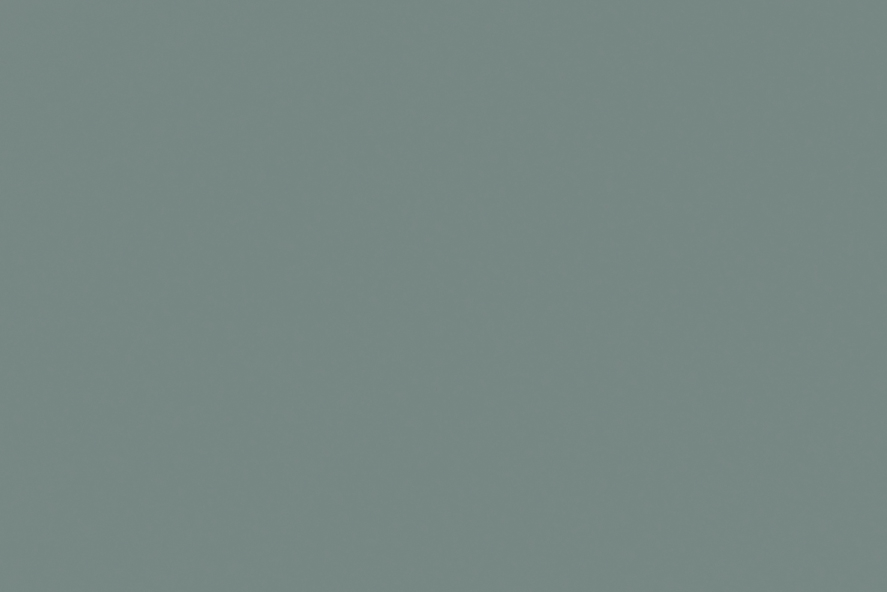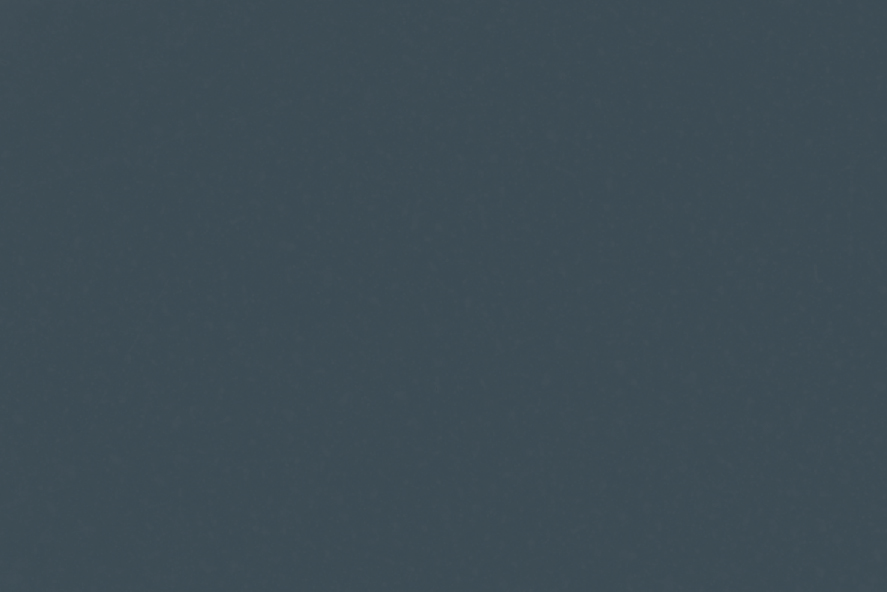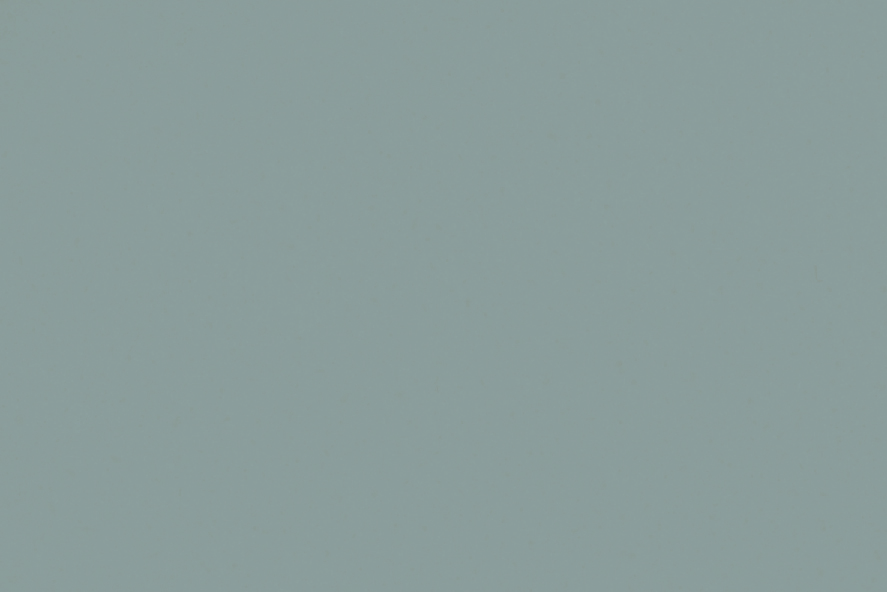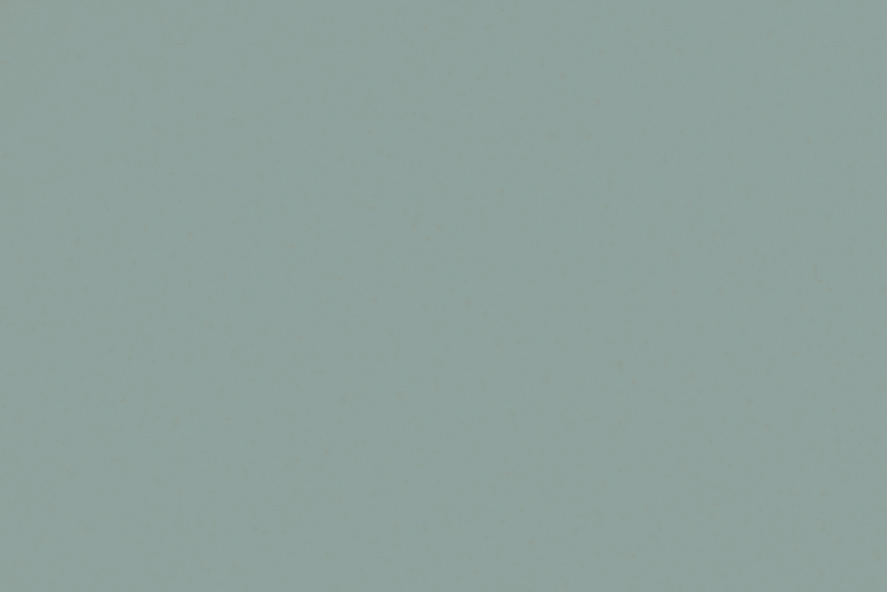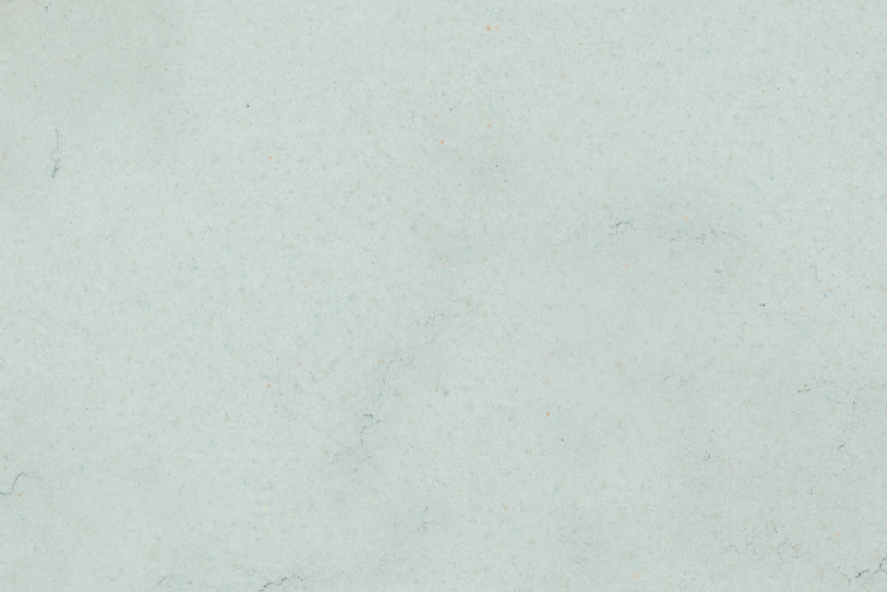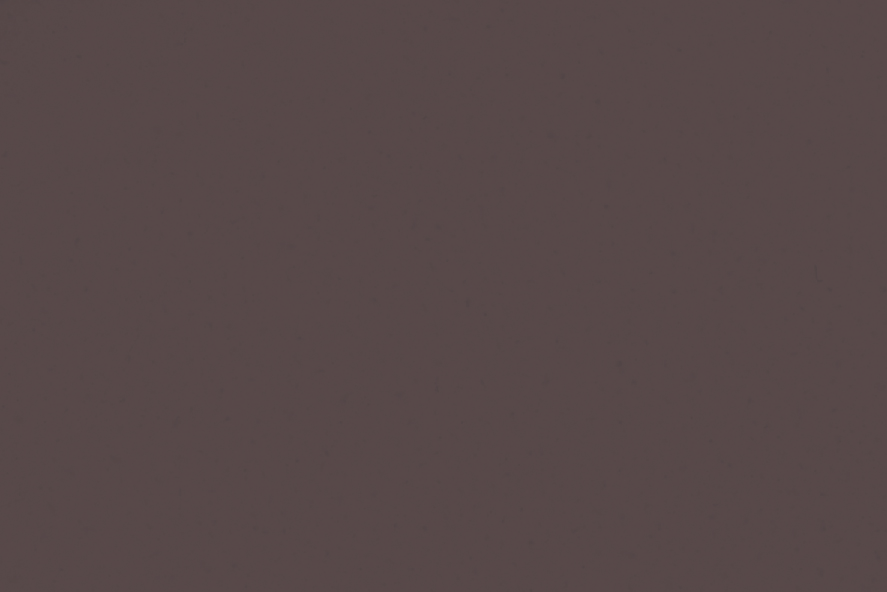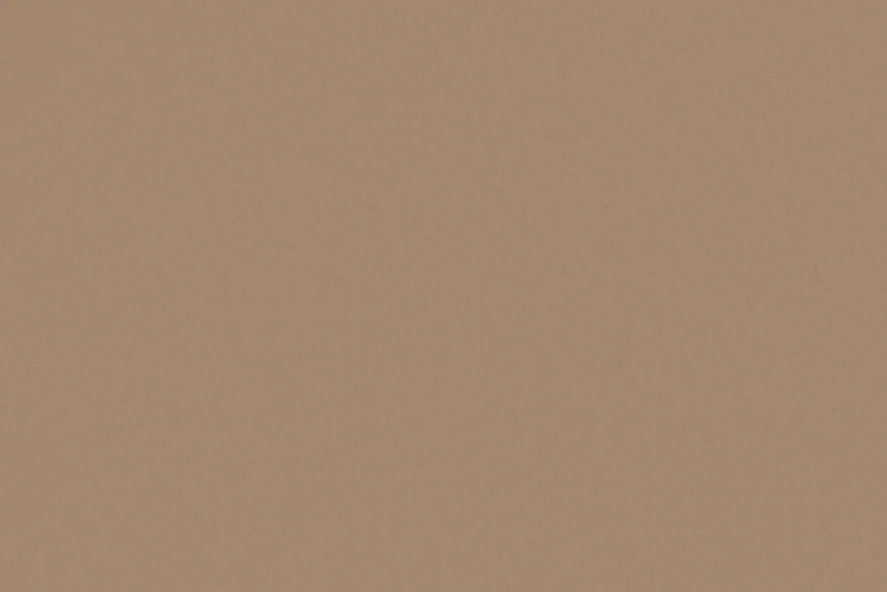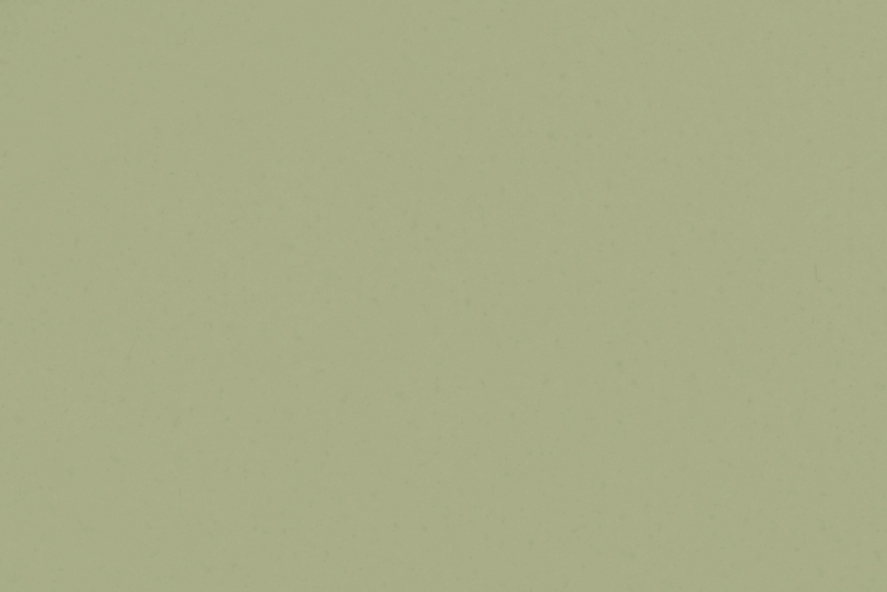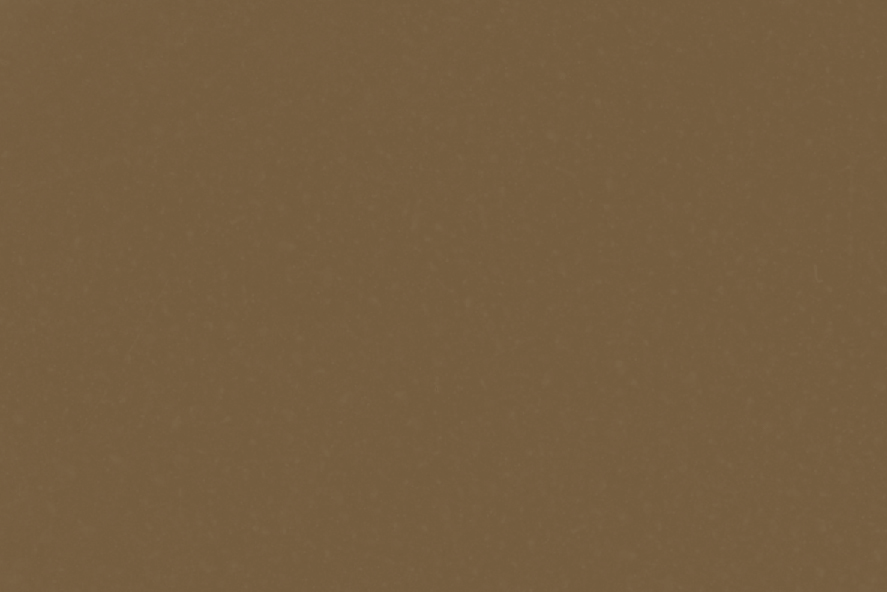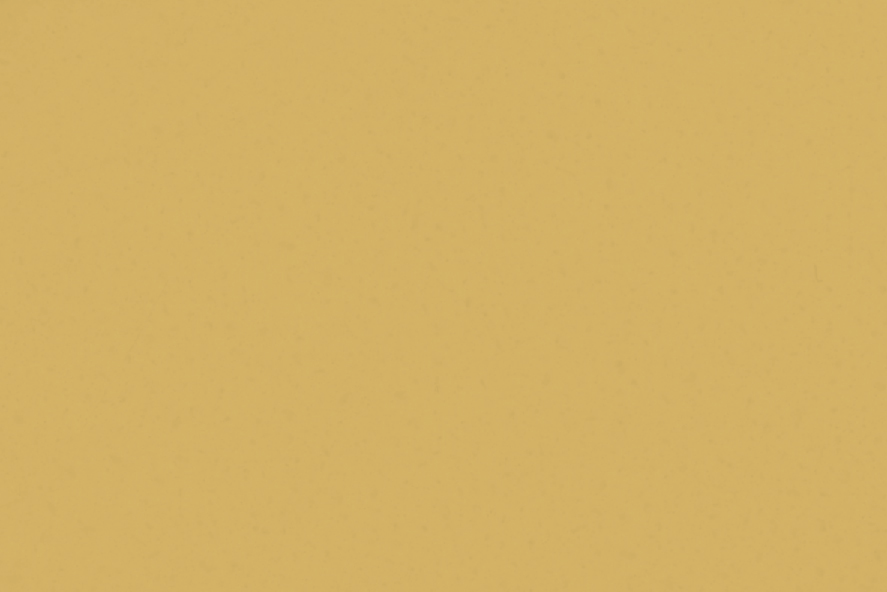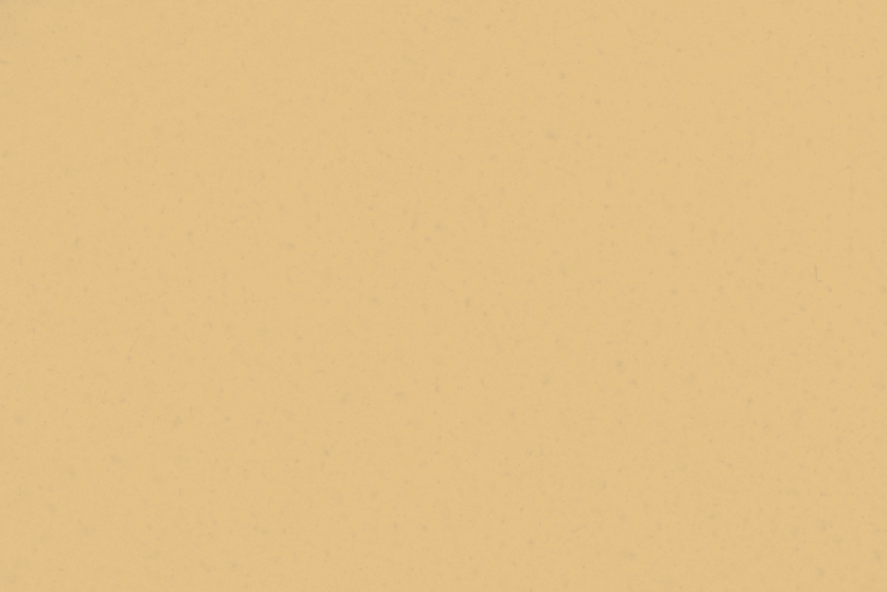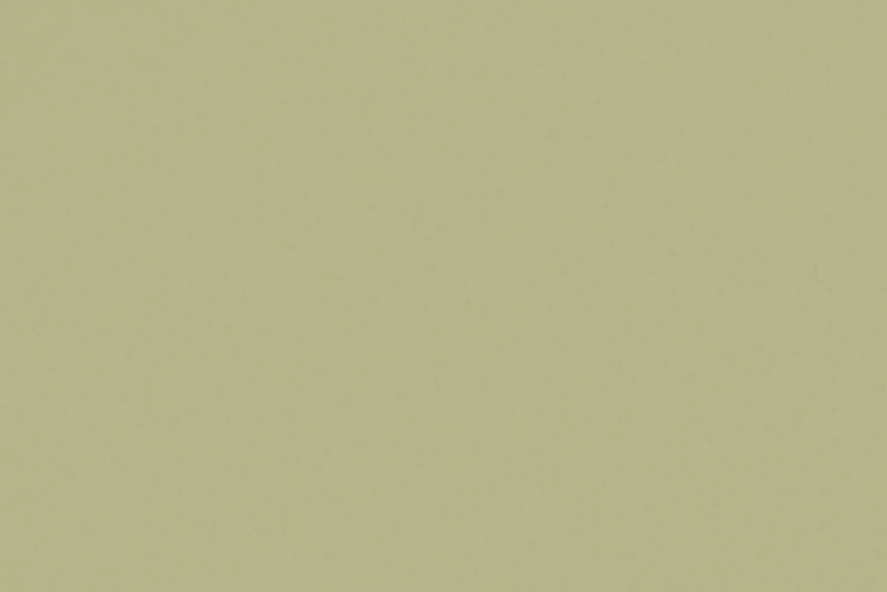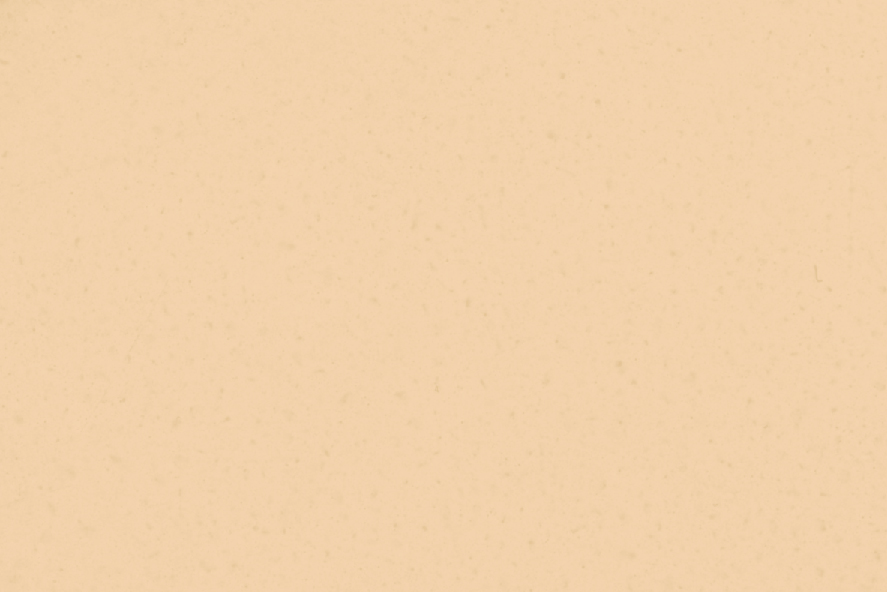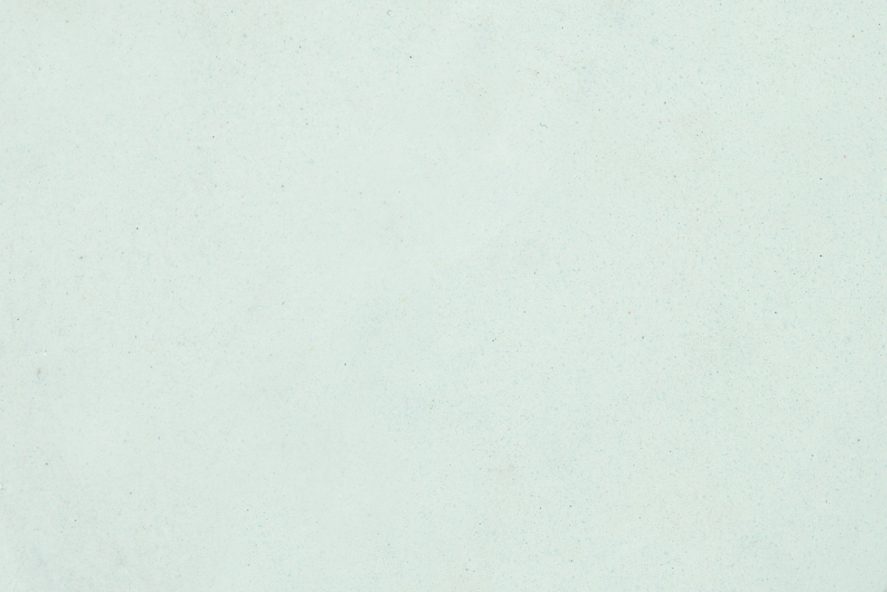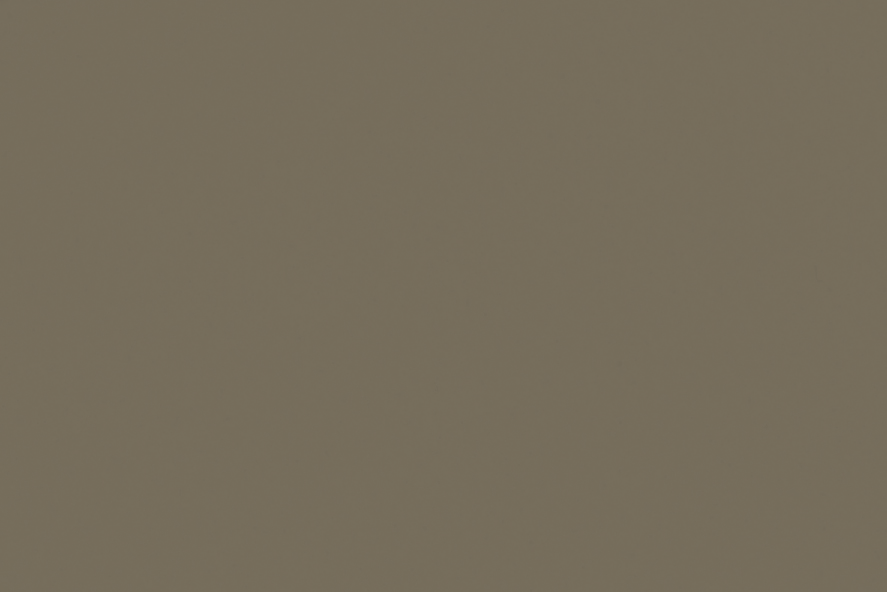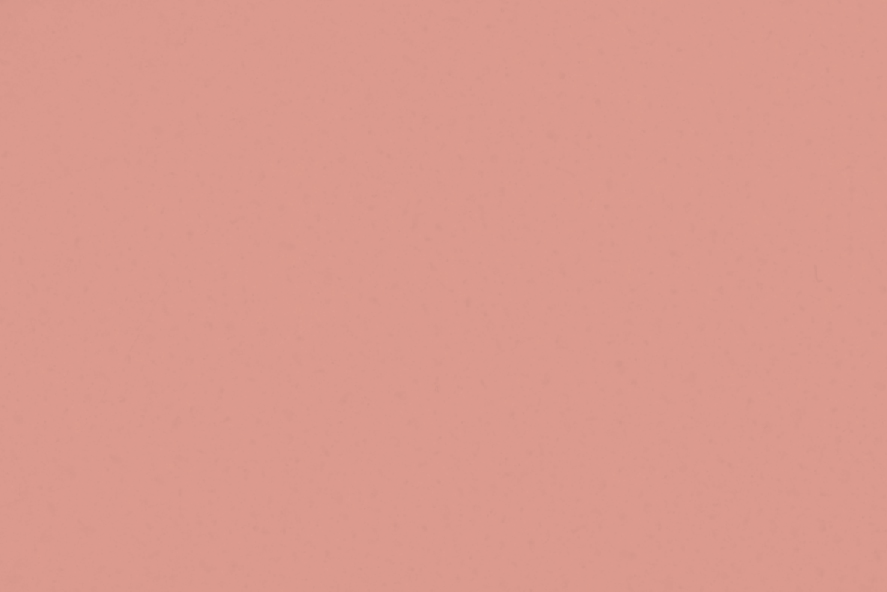Levelling mortar for low thickness imprinted pavements
Overlay is a screed mortar with high mechanical performance. Designed both to create from scratch and to reform low thickness imprinted pavements, between 10 and 20 millimetres.
Its superior resistance to both compression and adhesion authorises its use indistinctly in both indoor and outdoor spaces.
A screed mortar for floors that allows the work to be carried out even if it is difficult to access. Many times the concrete mixers do not fit and an additional pump is required, with the extra cost that this entails. With our Overlay, the work can be carried out on site, without being subordinate to factors such as a complicated location due to its difficult access.
Why our screed mortar
The applicator is the one who sets the pace of the work. He decides the square meters he will be able to accomplish per day.
While many screed mortars have to be mixed with polymers to increase their resistances, the Overlay of Topciment® already integrates it into its formulation.
It is compatible with all our stamped moulds without exception; so the patterns that can be achieved are infinite.
It's suitable for outdoor and indoor use.
It's a screed mortar that allows greater workability.
It is stable to ultraviolet radiation, so it does not yellow.




